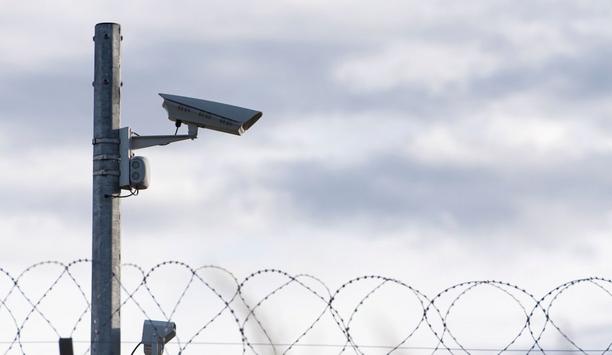 |
| The Mode S based network guarantees flight safety and the efficiency of airspace utilisation |
The Airbus Defence and Space business line Electronics has concluded the delivery of the worldwide first air traffic control network based on the latest “Eurocontrol” standard Mode S to the flight safety branch of the German Air Force. This Mode S based network guarantees the automatised guidance of civil and military aircraft in an area of 1,700 x 1,500 km. Thus, flight safety and the efficiency of airspace utilisation can be increased considerably. After a five year fully operational observation period, the system has been handed over to the in-service support and the initial procurement project is concluded. Two more Mode S based clusters are already operational and in the observation phase.
"Air traffic control authorities all over the world are faced with continually increasing air traffic density," said Thomas Müller, Head of Airbus Defence and Space Electronics. "Together with military air traffic, this situation requires a high-performance guidance system ensuring safety, comprehensive data exchange and efficient allocation of airspace."
Under the project ”Ramos”, Airbus Defence and Space Electronics has equipped six long-range surveillance radars with so-called MSSR (MSSR = Monopulse Secondary Surveillance Radar) 2000 I secondary radar systems. These secondary radars provide an overview of the air situation based on interrogations and automatic replies from individual aircraft. MSSR 2000 I is the only secondary radar certified according to the latest air traffic control standards, both civil and military.
The MSSR 2000 I systems establish a Mode S Cluster which is safely guiding all aircraft in the area. Within this area, each individual aircraft which is equipped with a Mode S transponder can be identified and tracked automatically without the necessity of individual radar target acquisition, enabled by autonomous target data handover from one radar station to the other. This avoids the risk of single tracks getting lost while handing over from one air traffic control cell to another. Furthermore, the cluster allocates air traffic control tasks automatically, i.e. if one secondary radar fails, others within the cluster take over immediately.
In the military field, MSSR 2000 I is used for automatic friend-or-foe identification (IFF), thus avoiding the erroneous engagement of friendly forces. It is capable of the new Mode 5 military standard which is to be introduced in all Nato countries. MSSR 2000 I is deployed on German naval vessels and used by the armed and naval forces of numerous states worldwide. For civil air traffic control purposes it is in service in such countries as Austria, Portugal, Bulgaria and the Philippines.


















